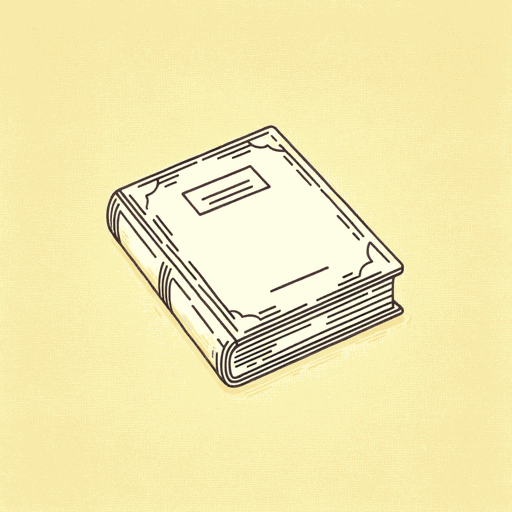75 pages • 2 hours read
Ruth OzekiThe Book of Form and Emptiness
Fiction | Novel | Adult | Published in 2021A modern alternative to SparkNotes and CliffsNotes, SuperSummary offers high-quality Study Guides with detailed chapter summaries and analysis of major themes, characters, and more.
Themes
Different Ways of Processing Grief
The Book of Form and Emptiness follows the contrasting ways that Annabelle and Benny cope with the loss of Kenji. The intimate emotional landscape of a family and the repercussions of a sudden change are explored through both externalized and internalized grieving, with Annabelle and Benny embodying opposite strategies. Because Annabelle and Benny are struggling to maintain their relationship and their individual lives, these conflicting forms of grief become the main conflict of the novel. Only when Annabelle and Benny accept Kenji’s death through a ritual Zen Buddhist blessing do they are reconnect as a family.
For the first year after Kenji dies, Benny hears a single voice coming from the box that holds Kenji’s ashes. His later statement to Slavoj of having a “phantom father,” similar to phantom limb syndrome, reinforces that Benny continues to feel his father’s presence in his life. As Benny’s coping mechanisms become increasingly internalized through the overwhelming voices of objects that fight for his attention, Benny proceeds through the stages of grief while simultaneously self-isolating from his mother, school, and his support community. Only when Benny gains confidence in his creative abilities and recognizes his own agency can he quiet the voices and help Annabelle with her own grief.
Related Titles
By Ruth Ozeki




